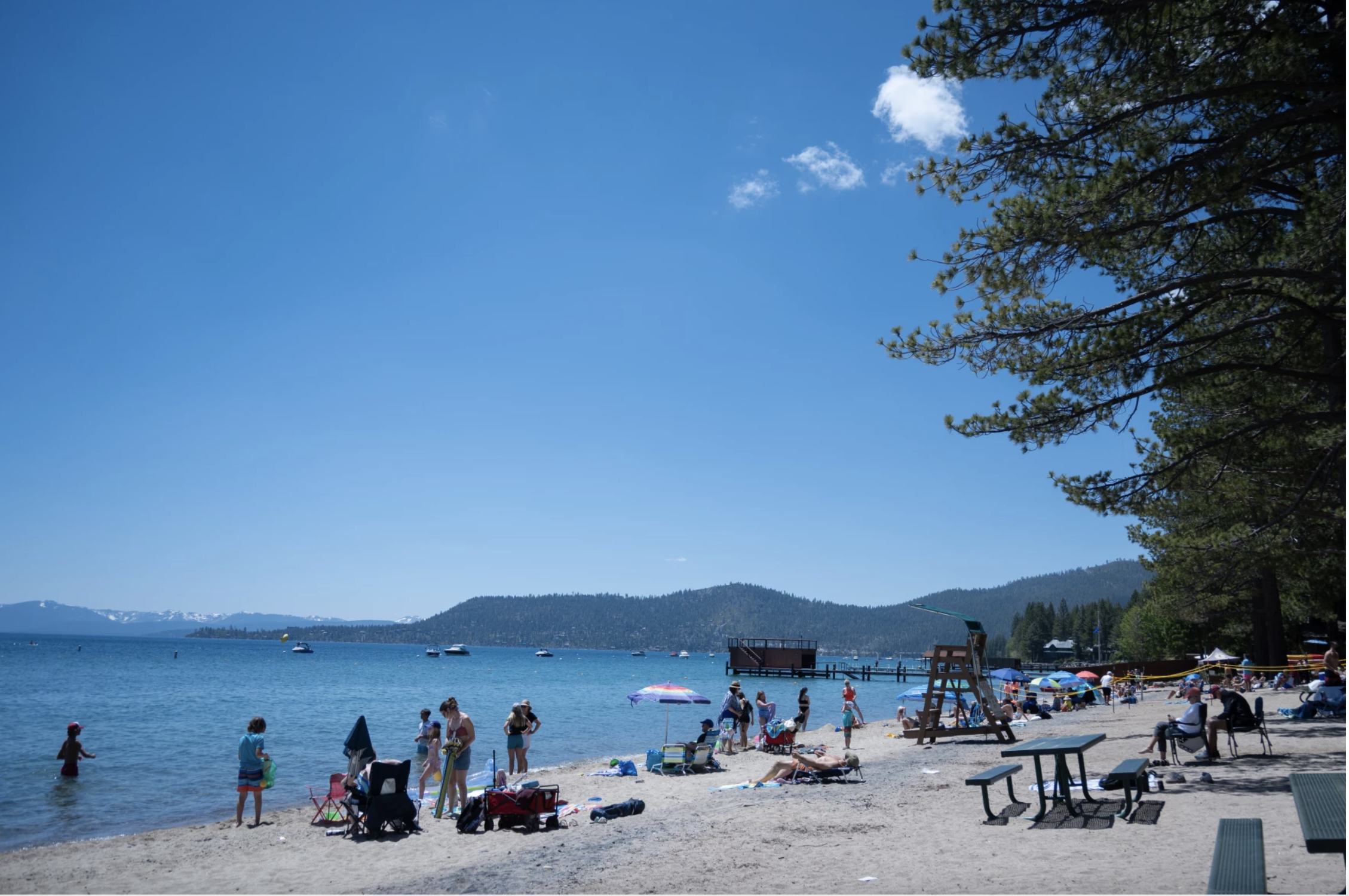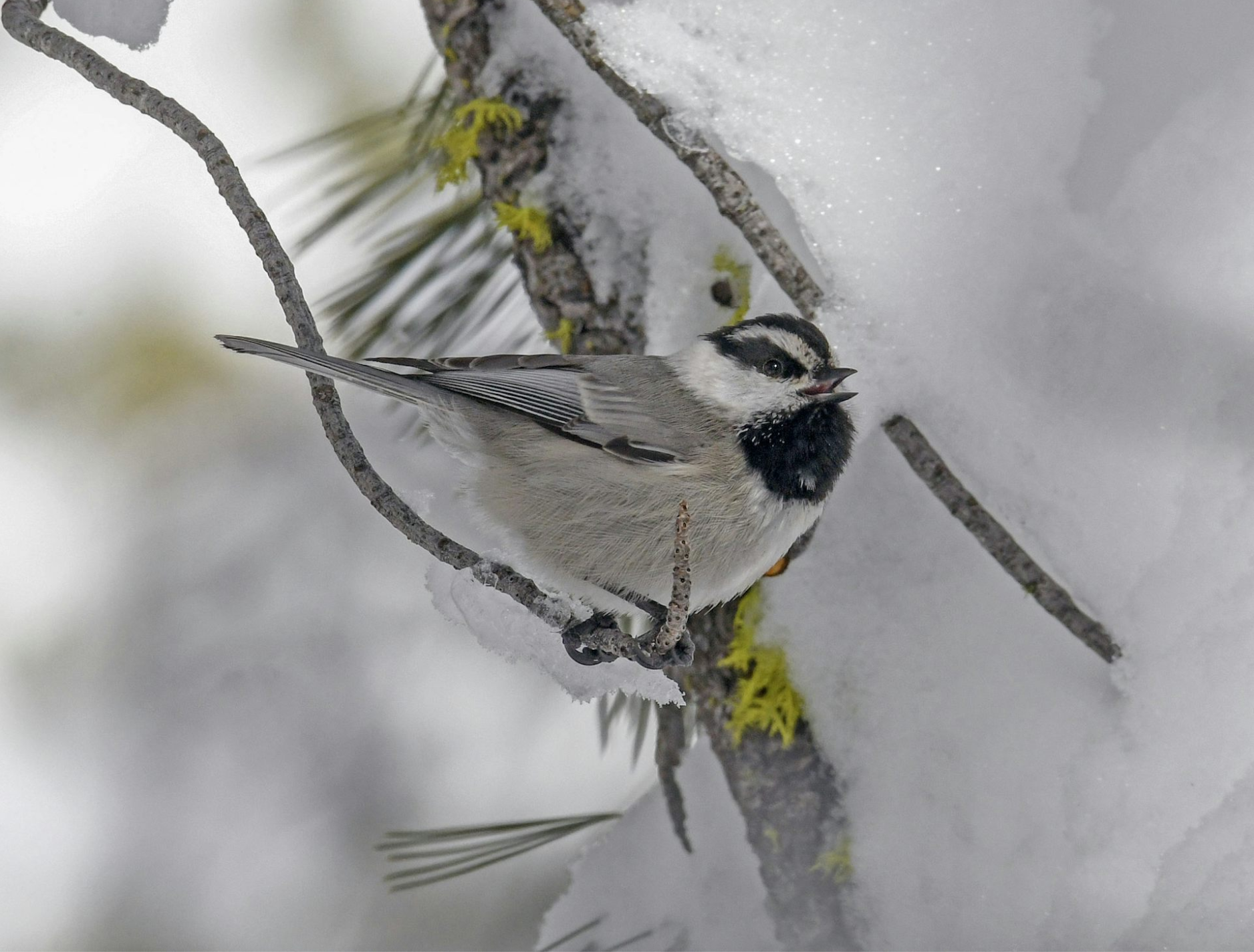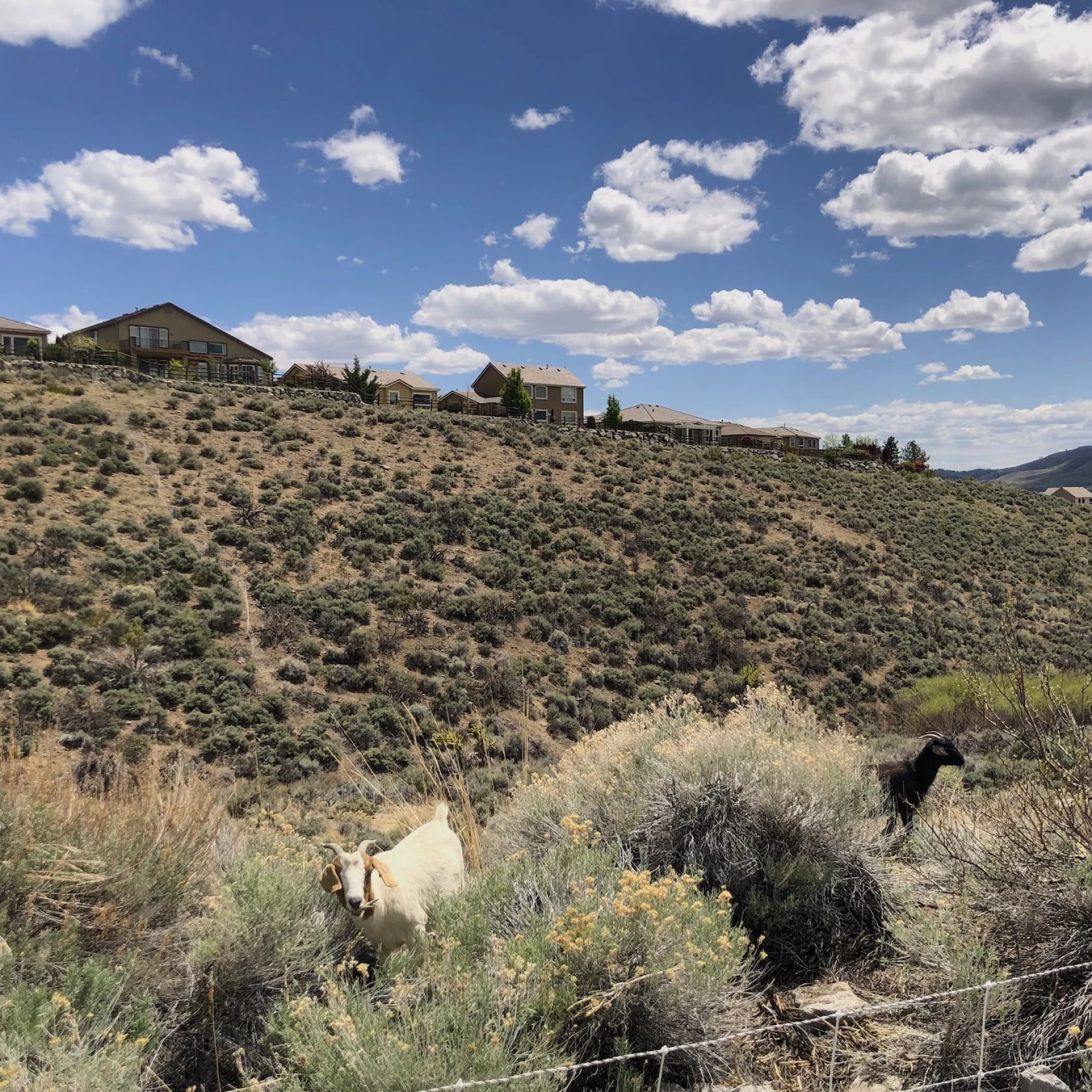This story was shared with permission from KUNR Public Radio. For an audio version of the story, please visit the KUNR website.
Several organizations in the Lake Tahoe area have developed a destination stewardship plan to protect the lake from the negative impacts of tourism, just in time for the 4th of July weekend.
Every year, 15 million people visit the Lake Tahoe area. And with that comes increased traffic and trash on the beaches.
Several organizations have developed the Lake Tahoe Destination Stewardship Plan to reduce the negative impacts of tourism. But these groups also understand that Lake Tahoe primarily relies on tourism, which makes up 62% of the local economy.
The COVID-19 pandemic brought significant numbers of first-time outdoor enthusiasts.
Many of these new enthusiasts aren’t familiar with visiting places that aren’t regularly maintained, said Amy Berry, CEO of the Tahoe Fund.
“In the past, maybe those people were going to Six Flags, or they were going to Disney. And what happens when you go to an experience like that is you use the park, and then you go home,” Berry said.
Founded in 2010, the nonprofit Tahoe Fund raises money to support environmental projects around Lake Tahoe. The organization has helped fund over 130 projects. Its newest collaborative effort is the Lake Tahoe Destination Stewardship Plan.
The plan aims to create uniform and consistent efforts to manage issues around the lake. Berry said she felt confident in the plan’s ability to tackle some of the lake’s biggest challenges, including pollution from tourism and busy roads.
“It’s going to take care of the community, and it’s going to take care of the environment, it’s going to improve the recreation experience, but not at the expense of the local community or at the expense of the environment, most importantly,” Berry said.
The plan, implemented on June 19, 2023, came at an opportune time as the area entered the Fourth of July holiday and summer season, a historically hectic time for Lake Tahoe. Berry believed the snowmelt might dissuade some people from visiting but admitted that crowds are an inevitable part of the holiday.
“We know they’re coming. I mean, it’s such a special place. It’s a beautiful place to recreate, especially for that week,” she said.
Another group expecting a busy Fourth of July weekend was the League to Save Lake Tahoe, well known for their catchy slogan, “Keep Tahoe Blue.”
The holiday crowds bring in the most pollution in a small window of time, said Jesse Patterson, the League’s Chief Strategy Officer. But he said they were prepared to address the impacts of tourists.
“Fourth of July, I mean, we have our heaviest visitorship and a tight window of time, which means everybody’s here all at once, doing everything they can to enjoy Tahoe, which they absolutely should,” Patterson said.
The League hosts an annual Keep Tahoe Red, White, and Blue beach cleanup on July 5th. In 2022, they collected 1.5 tons of trash. Patterson said that after 10 years, he’s happy to see fewer large trash items like barbecues and chairs left behind.
“What we’re finding now is a lot of smaller trash. So things that are harder to see, or you might miss especially at night, if you’re leaving or whatever it is. So there’s still work to be done,” he said.
Patterson commended the Stewardship Plan, noting that they were implementing tactics used by the League on a much larger scale, increasing the impact.
“I think as we move more into summer, you’re going to see more of the implementation and expansion of the things in the plan. But Fourth of July will be our first test,” he said.
People should be mindful when visiting for the holiday, Tahoe Regional Planning Agency executive director Julie Regan said
“The number one thing people can do when they visit this July 4, is pack in their own business and pack out the trash. Don’t leave anything behind, but footprints on the sand,” she said.
Another major issue the plan addresses is traffic and the need for more parking. Lake Tahoe’s two-lane roads are put to the test during peak tourism season. Regan said promoting local ride-share services and self-motorized vehicles will provide a more sustainable solution to reduce traffic and parking issues.
“We are, on paper, a rural community, we don’t have a large population. So we don’t get the amount of funding that large cities do. So we have to get creative,” Regan said.
The Tahoe Fund’s Berry encouraged people to have patience and be prepared to educate visitors on appropriate behavior when visiting an environmentally sensitive area like Lake Tahoe.
“Please have patience. The reason that we all live here is that we’re surrounded by this beautiful nature that happens to be public lands. So while we feel like it’s our trail or our backyard, it’s really the public’s backyard,” Berry said.
Sophia Holm is the 2023 summer intern for KUNR and the Hitchcock Project for Visualizing Science. She covers climate news, issues, and solutions in Reno, Lake Tahoe, and surrounding local areas.






